Comparison of the flavor and taste of Yega coffee by washing and sunbathing
For professional baristas, please follow the coffee workshop (Wechat official account cafe_style)
Konga Coop, which was originally an affiliated producing area of Sidamo, was divided because of its unique flavor. The Shuijiaxiefi Conga Cooperative (Konga Coop) tested in the front street coffee cup is made up of 1556 family members of small coffee farmers, located 5 kilometers south of Yirgacheffe. It was founded in 1994 and joined the Yega Cooperative Union in 2002.
Qianjie coffee Yejia Xuefei washed Kongjia
Country: Ethiopia
Manor: Kongjia Cooperative
Producing area: Yejia Xuefei
Altitude: 1300-2000m
Variety: Ethiopian native species
Treatment method: washing treatment method
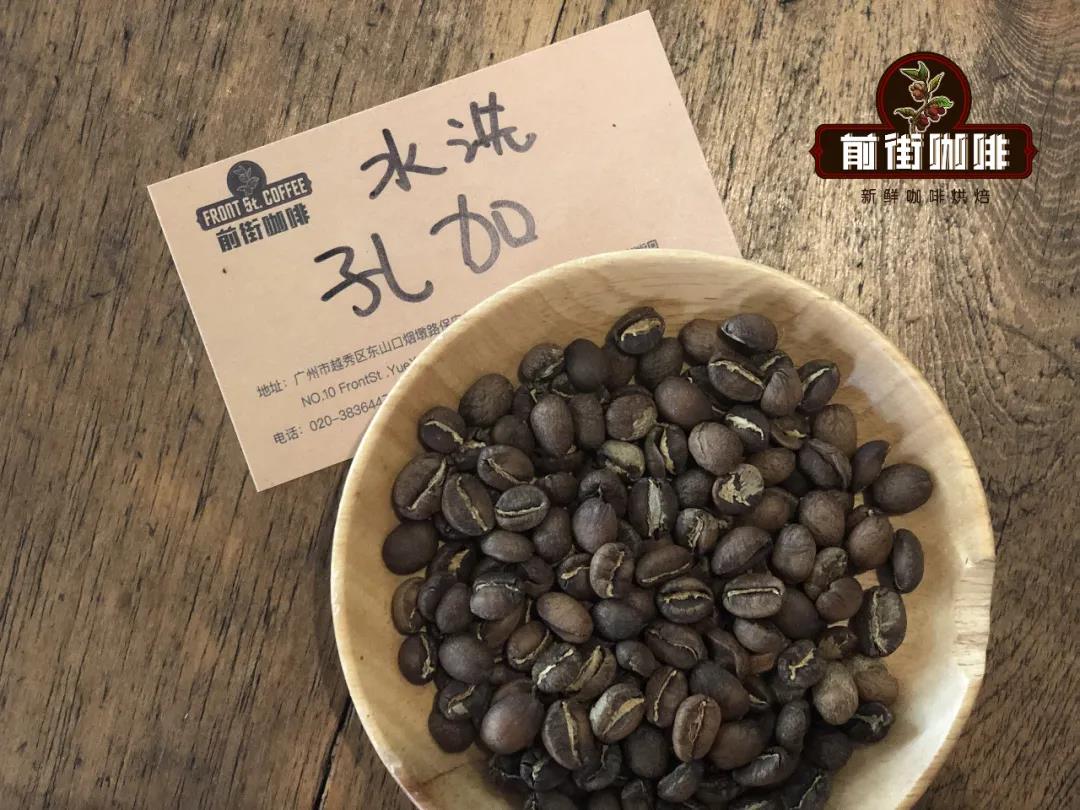
The coffee tree originated in Ethiopia, which was originally a wild plant here. The name "coffee" comes from the Ethiopian town-Kaffa. In fact, many coffee trees in Ethiopia are still wild plants, and the coffee grown on this coffee tree is full-grained and slightly alcoholic. Yirga cheffe is a small town in Ethiopia, 1700-2100 meters above sea level, and it is also synonymous with Ethiopian boutique coffee. Since ancient times, it is a wetland. The ancient saying "Yega" yirga means "settle down", and "Xuefei" cheffe means "wetland". Therefore, Yejasuefi means "Let's settle down in this wetland". According to Qianjie Coffee, Yejiachefi refers to the strong aromas of jasmine, citric acid, peach, almond and tea. People who have drunk Yega Xuefei have the same feeling of "coffee entrance, flowers in full bloom!" It's like the comfort of flowers touching taste buds and olfactory cells in the nasal cavity. In addition to the fragrance of flowers, the meticulous and mellow is like silk massage in the mouth, feeling wonderful. The Konga Cooperative (Konga Coop), made up of 1556 family members of small coffee farmers, located 5 km south of Yirgacheffe, was founded in 1994 and joined the YCFCU Cooperative Union in 2002. The average cultivation area of these small coffee farmers is less than 1.25ha and the altitude is about 1800 to 2000 meters. The coffee varieties are mainly a mixture of Typica and Heirloom (local native species).
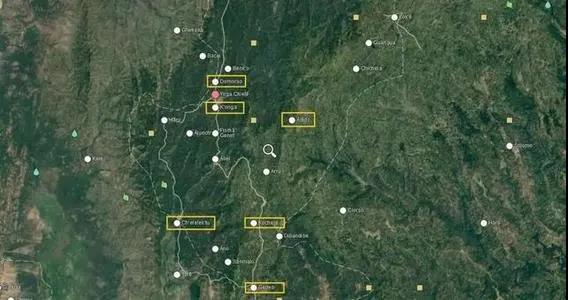
Every one or two years, members of the cooperative will vote in an election to elect an executive committee, and the executive committee can decide on the purchase of new equipment, exchange business information with members, and how to pay for transactions. In addition, YCFCU will also assign professional managers to cooperatives to provide guidance and advice on harvest, production and other procedures, so as to increase production and improve quality. The establishment of the cooperative allows its farmers to avoid low-cost exploitation by purchasers, and when the economy is in trouble, the cooperative can also provide loan assistance, which is very positive for both farmers and coffee production. Water washing method of coffee treatment: the key point is that the coffee fruit is fermented after peeling, and the pectin is washed with water after fermentation. One of the treatment methods used is that after the coffee fruit is picked, the immature fruit and miscellaneous leaves are removed, the outer skin of the fruit is removed, the beans are picked out, and then the beans are washed and soaked, so that the beans begin to ferment, allowing microorganisms and enzymes to decompose the components of the beans and produce sour flavors. The water washing method can also be a dry fermentation method without soaking, and then wash off the pectin with water after fermentation. After fermentation, the beans are then insolated or dried to prevent coffee beans from getting moldy. Properly washed coffee beans usually taste mild and may have a wine flavor, depending on the environment and fermentation.
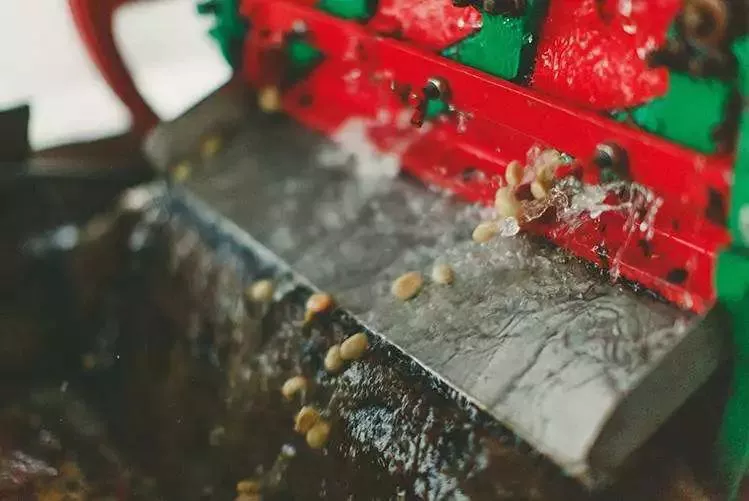
After the processing of coffee beans, first pick out defective beans, leaving intact coffee beans, and then after varying degrees of baking, will eventually be able to have ever-changing flavor and taste. The subtle differences in each step between coffee production and brewing will affect the quality and flavor of coffee, which is why the world of coffee is so profound and fascinating. Analysis of raw beans most Ethiopian coffee is wild or semi-wild, growing in fields, backyards or under the forest. When the coffee fruits are ripe, the farmers will deal with them together, which is actually a large platter of many different natural varieties. There are all kinds of beans, long, short, thin and fat, which is why we often see coffee beans in Ethiopia of uneven size.
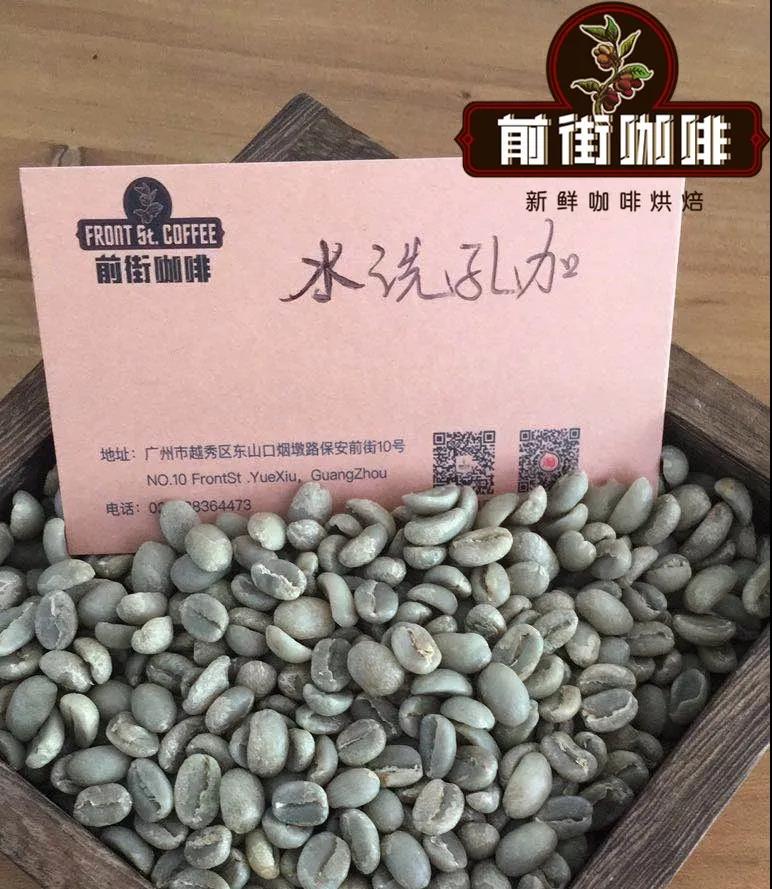
Baking suggestion
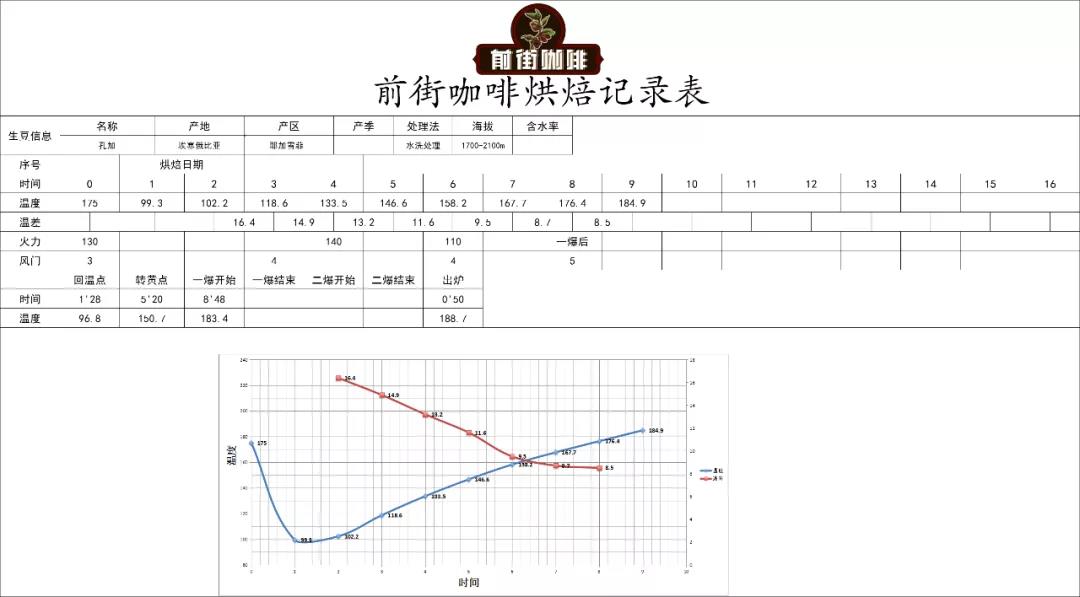
Cup test report
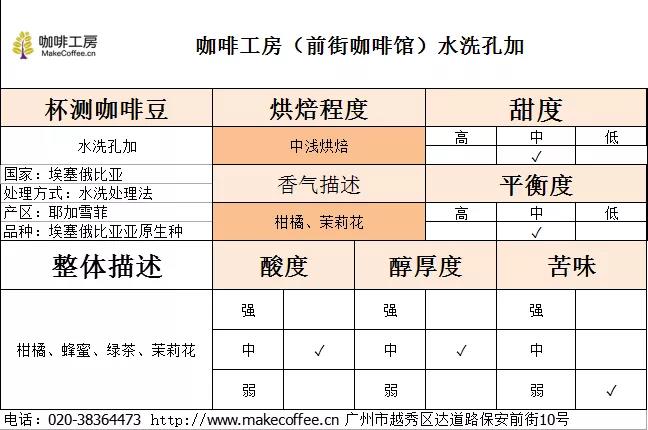
Recommended cooking utensils: HARIO V60 parameters: 15g powder / 1D 15 ℃ 90 grind degree: medium and fine grinding (Chinese standard No. 20 sieve pass rate 80%) 30 g water boil for 30 seconds, direct central water injection to 125g, then water injection to 225g after powder bed, see powder bed to remove filter cup, total extraction time is 250g ".
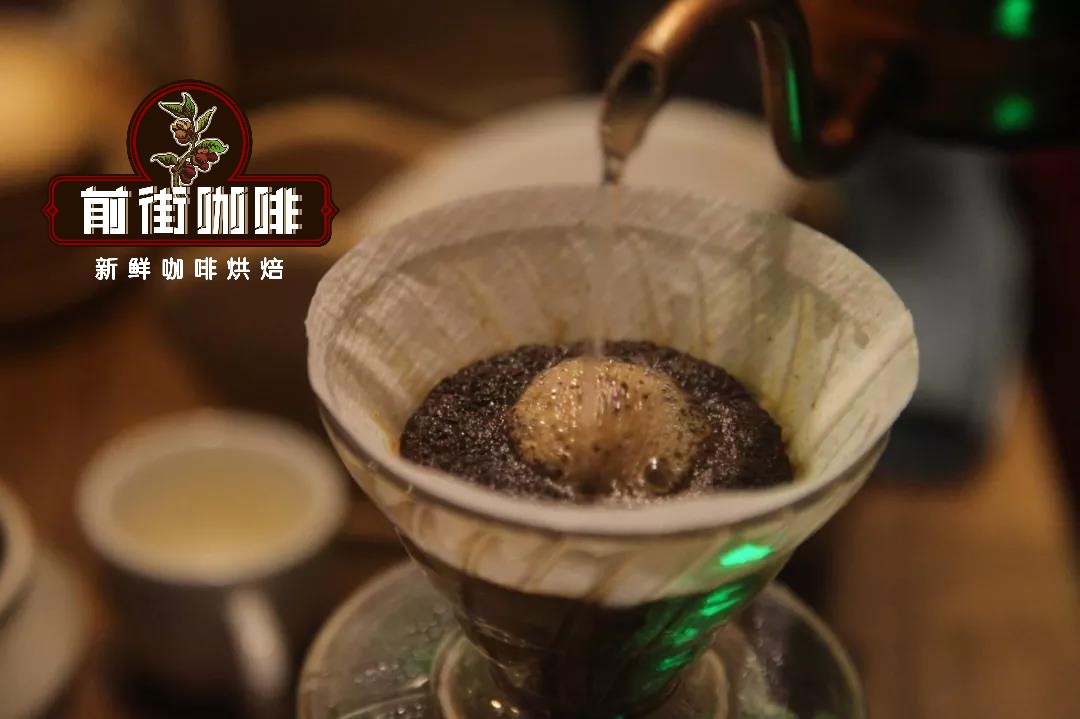
Cooking flavor: when high temperature is berries, cream, honey, citrus, juice-like taste, sour bright. When the temperature is slightly lower, it is berries, cream, smooth, citrus.
Important Notice :
前街咖啡 FrontStreet Coffee has moved to new addredd:
FrontStreet Coffee Address: 315,Donghua East Road,GuangZhou
Tel:020 38364473
- Prev
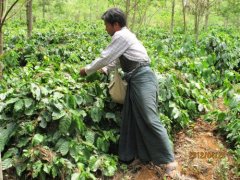
The source of Yega Xuefei how does the small processing plant deal with raw coffee beans
For the exchange of professional baristas, please follow the coffee workshop (Wechat official account cafe_style) Product name: Yega Sheffield Yirgacheffe Tore country: Ethiopia Ethiopia producing area: Yega Sheffito Village Yirgacheffe Tore Village Grade: Grade 1 treatment method: tanning treatment Natural Process varieties: Ethiopian native species Eth
- Next
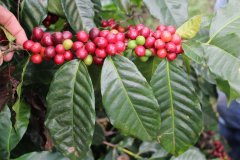
Taste description of Costa Rican Red Honey treated Coffee beans introduction to the characteristics of Costa Rican Lajas Coffee
Professional coffee knowledge exchange more coffee bean information please follow the coffee workshop (Wechat official account cafe_style) Costa Rica Tobusch Garden Red Honey treatment hand temperature, grindness, powder ratio recommended Central American flavor: honey, caramel, nut aroma, candied plum, candied aroma, vanilla,
Related
- Detailed explanation of Jadeite planting Land in Panamanian Jadeite Manor introduction to the grading system of Jadeite competitive bidding, Red bid, Green bid and Rose Summer
- Story of Coffee planting in Brenka region of Costa Rica Stonehenge Manor anaerobic heavy honey treatment of flavor mouth
- What's on the barrel of Blue Mountain Coffee beans?
- Can American coffee also pull flowers? How to use hot American style to pull out a good-looking pattern?
- Can you make a cold extract with coffee beans? What is the right proportion for cold-extracted coffee formula?
- Indonesian PWN Gold Mandrine Coffee Origin Features Flavor How to Chong? Mandolin coffee is American.
- A brief introduction to the flavor characteristics of Brazilian yellow bourbon coffee beans
- What is the effect of different water quality on the flavor of cold-extracted coffee? What kind of water is best for brewing coffee?
- Why do you think of Rose Summer whenever you mention Panamanian coffee?
- Introduction to the characteristics of authentic blue mountain coffee bean producing areas? What is the CIB Coffee Authority in Jamaica?

